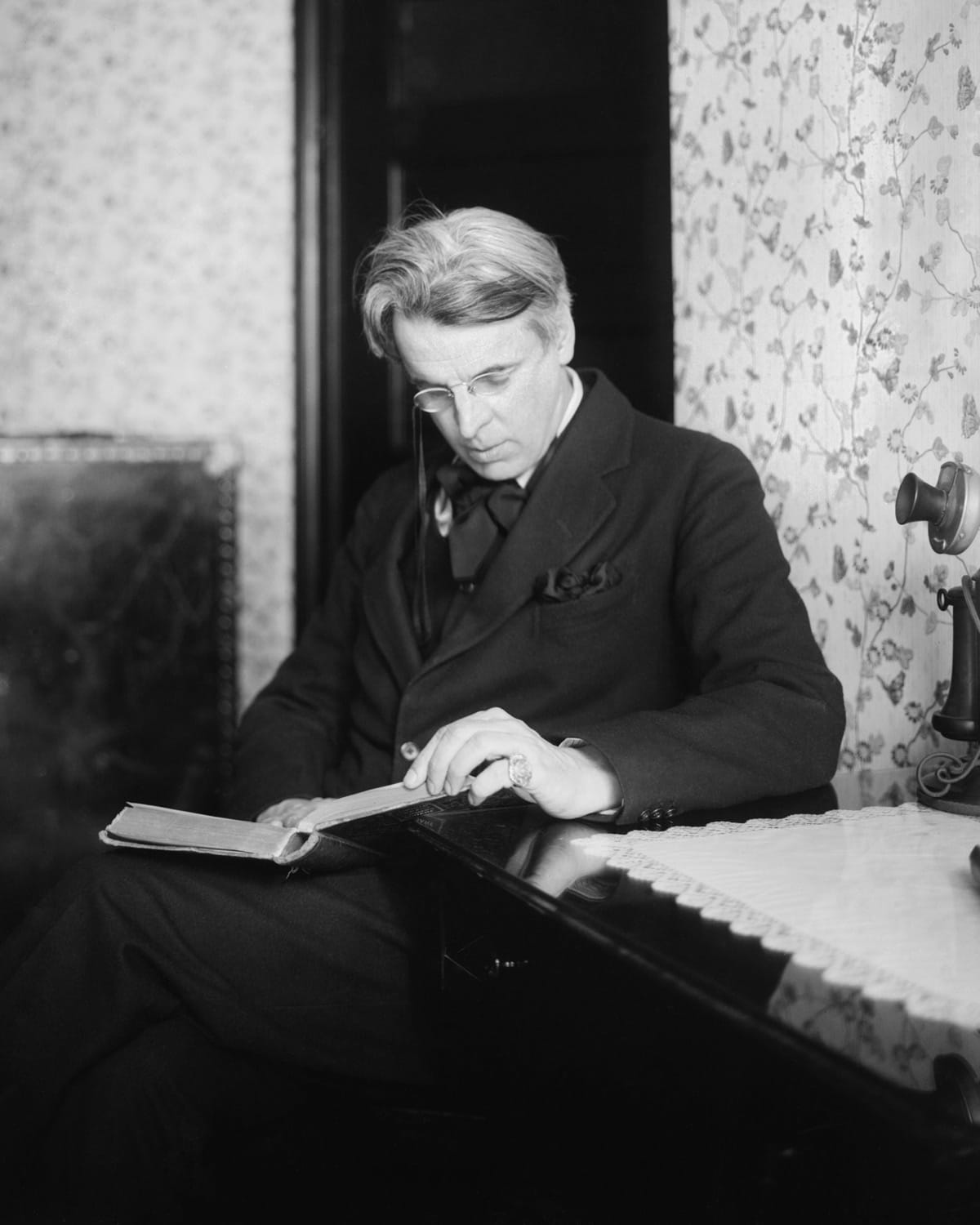 A characteristic trait throughout his life was continuously editing and re-revising his earlier work and republishing it. He was always experimenting as poet and playwright, developing old and new themes, including the occult, spiritual interests, India, Japanese Noh style plays and automatic writing.
A characteristic trait throughout his life was continuously editing and re-revising his earlier work and republishing it. He was always experimenting as poet and playwright, developing old and new themes, including the occult, spiritual interests, India, Japanese Noh style plays and automatic writing.
He joined a secret society called The Golden Dawn, a group that believed in the practice of ritual magic and he remained a long standing member of this group, exploring related themes in some of his work. He dreamed of setting up his ‘Castle of Heroes’ on Castle island in Lough Key, where 20th century Ireland might commune with its mystical past. In old age he regretted this didn’t materialise.
In the early years of the 20th century, Yeats was involved extensively with the Abbey Theatre, managing and writing up to 10 plays in this period. The Yeats household including W.B. was supported financially in the 1890s-1902 by his sisters Lily (Susan Mary Yeats) and Lollie (Elizabeth Corbet Yeats).
In 1902 Evelyn Gleeson established an art and crafts co-operative, the Dun Emer Industries employing Lily to supervise the embroidery department and Lollie to start a printing press, at considerable loss in their incomes. By 1908 Lily & Lollie had set up independently as Cuala Industries. W.B. advised on ‘suitable’ books to publish, often a source of contention.
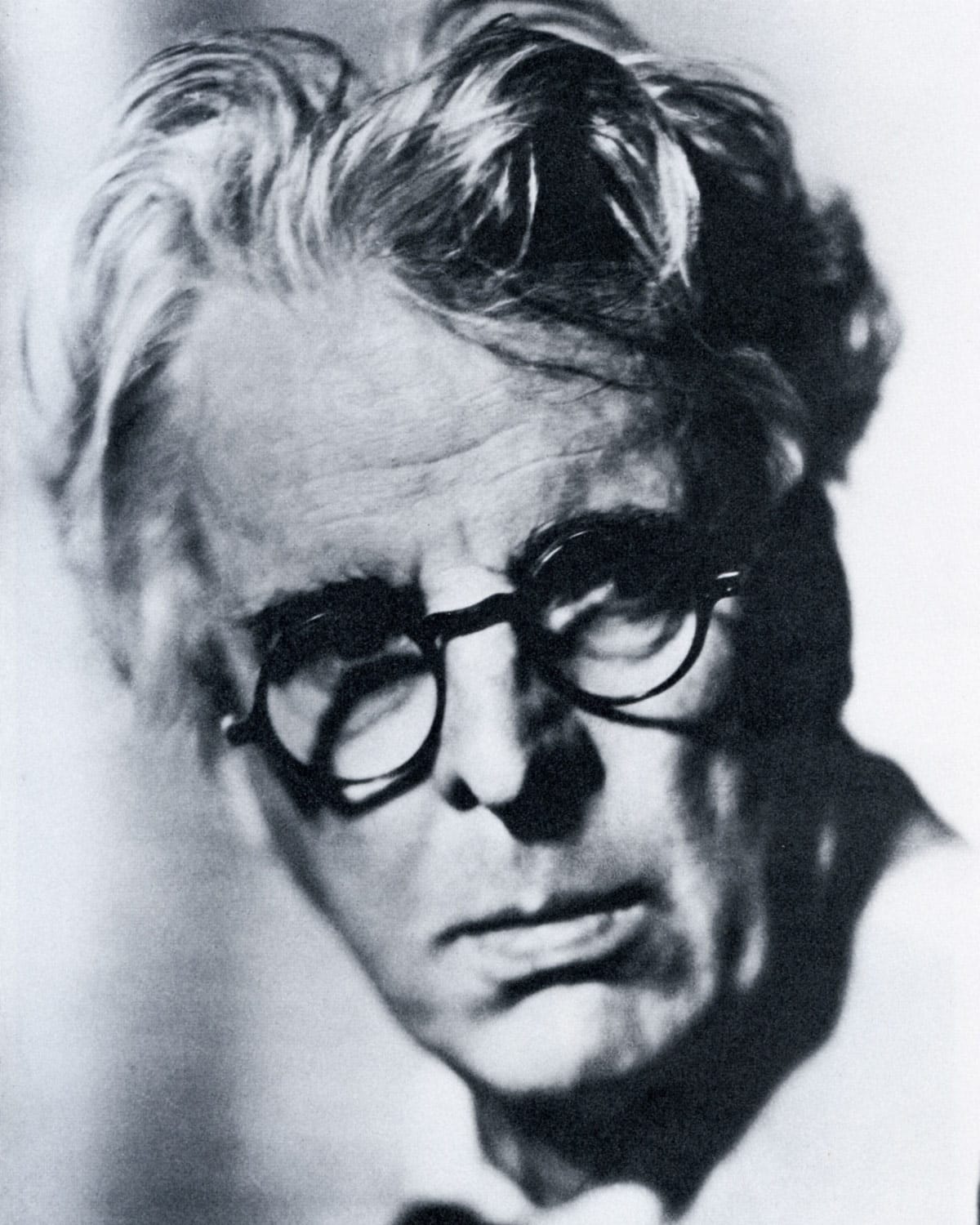 In 1917 W.B. married Georgie Hyde-Lees (whom he called George), 27 years his junior and with whom he had two children Anne and Michael. They lived in England and Dublin and bought 82 Merrion Square in the Winter of 1921. In the aftermath of the War of Independence and during the Irish Civil War they lived at Thoor Ballylee, a 14th century de Burgo four-storey tower-house they owned. It had a thatched cottage attached, which they repaired and extended to make comfortable rooms.
In 1917 W.B. married Georgie Hyde-Lees (whom he called George), 27 years his junior and with whom he had two children Anne and Michael. They lived in England and Dublin and bought 82 Merrion Square in the Winter of 1921. In the aftermath of the War of Independence and during the Irish Civil War they lived at Thoor Ballylee, a 14th century de Burgo four-storey tower-house they owned. It had a thatched cottage attached, which they repaired and extended to make comfortable rooms.
He was appointed to the Irish Senate in 1922. A year later in 1923, he was awarded the Nobel Prize for Literature. He wrote some of his finest work in the following years, and as Europe began its turbulent road to the Second World War, he published his final volume of poetry, titled New Poems, in 1938. The following year, he died in the Hôtel Idéal Séjour Cap-Martin, in the south of France. His body was interred in the cemetery of Roquebrune, but subsequently repatriated to Sligo after the end of the war, to his final resting place in Drumcliffe Graveyard.
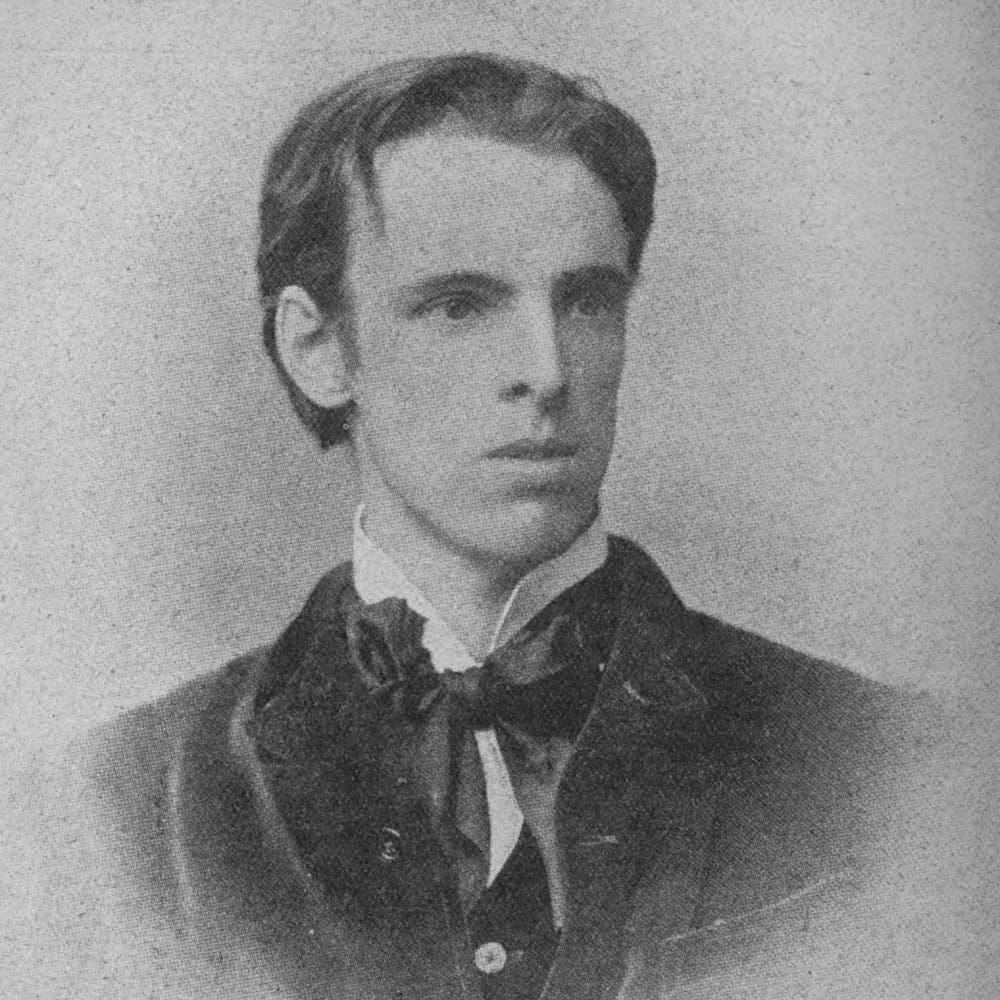
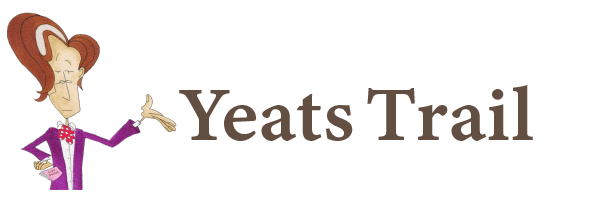
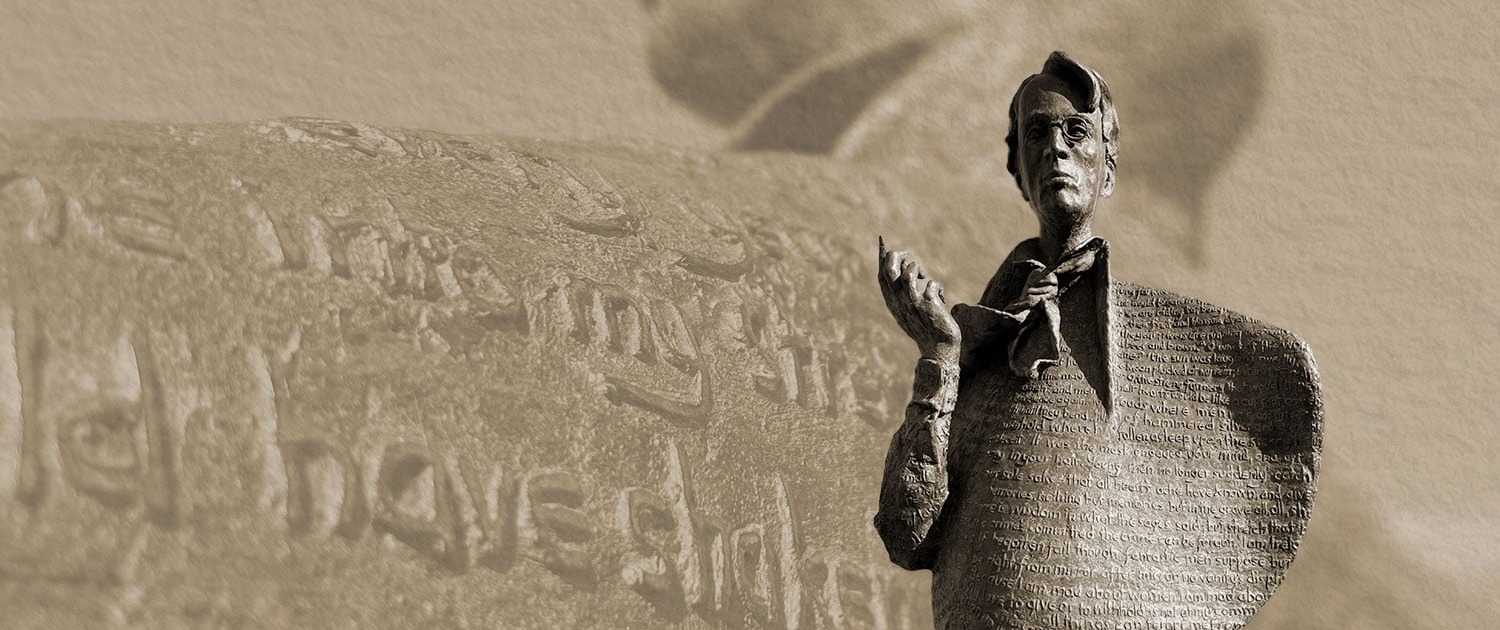
 In 1867, when W.B. was two, his father John decided to quit the bar and their comfortable life in Dublin and take up the uncertain life of an artist in London. Financial challenges were a constant feature, causing untold stress on Susan. She fell back on support from her family in Sligo. The annual summer holiday in Sligo was sometimes extended out of necessity, and at least once until Christmas. The longest stay was July 1872 until October 1874.
In 1867, when W.B. was two, his father John decided to quit the bar and their comfortable life in Dublin and take up the uncertain life of an artist in London. Financial challenges were a constant feature, causing untold stress on Susan. She fell back on support from her family in Sligo. The annual summer holiday in Sligo was sometimes extended out of necessity, and at least once until Christmas. The longest stay was July 1872 until October 1874.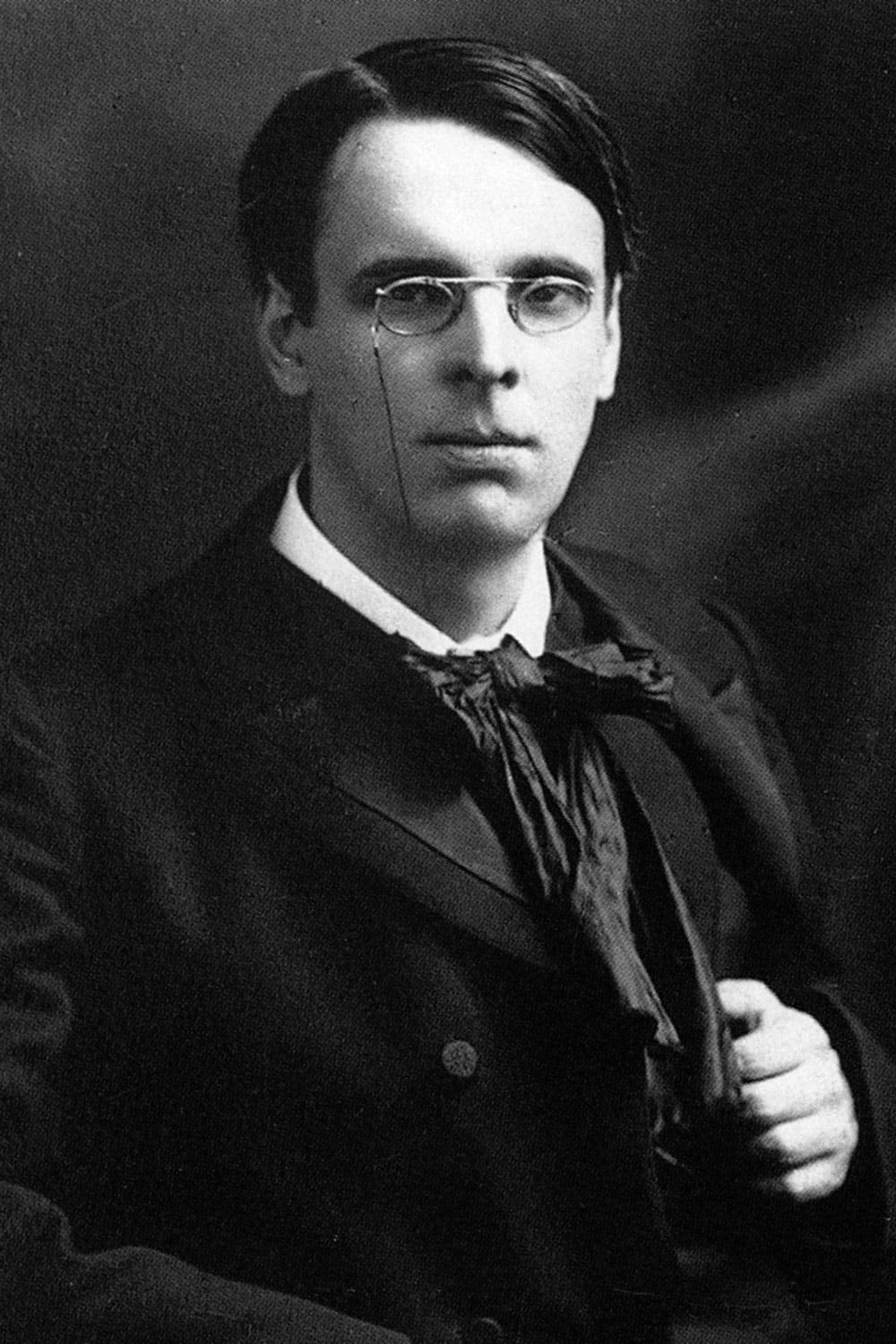 W.B. returned to London, where he went to school. Jack remained in Sligo with his grandparents from 1879-1887 and developed his passion for painting at Rosses Point, spending long Summer days staying at Moyle Lodge, visiting cousins at Bowmore Lodge and Elsinore Lodge.
W.B. returned to London, where he went to school. Jack remained in Sligo with his grandparents from 1879-1887 and developed his passion for painting at Rosses Point, spending long Summer days staying at Moyle Lodge, visiting cousins at Bowmore Lodge and Elsinore Lodge.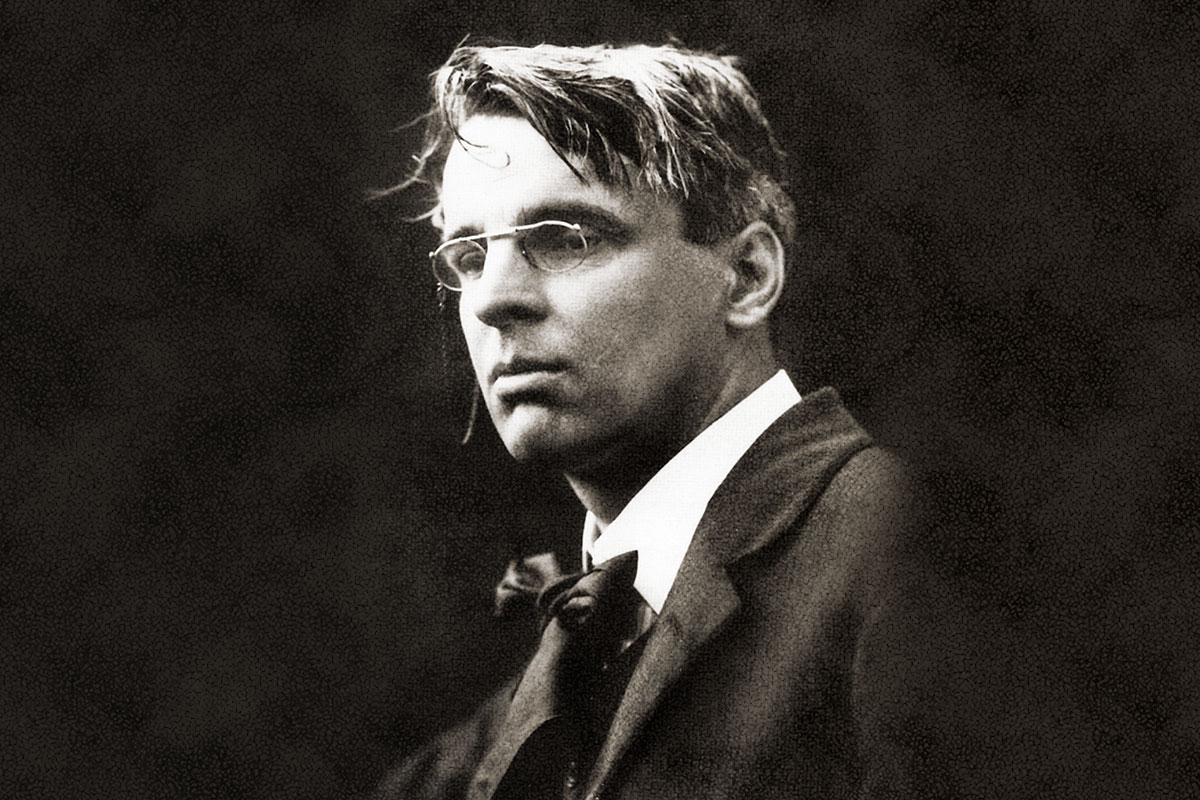 Yeats published The Celtic Twilight, a volume of folktales and poems, in 1893, which underlines his growing interest in ‘faery stories and customs’. He drew on the tales recounted to him by local people in Sligo, Rosses Point and Ballysadare. Mary Battle, housekeeper of his uncle George Pollexfen, told him of the habits and customs relating to unexplained phenomena, and imbued Yeats with her belief in the existence of spirits in other dimensions. He shared a common interest in astrology and the occult with his uncle George and these were central themes in Yeats’s writing. All four Yeats siblings were closest to their Uncle George Pollexfen, with whom they stayed, as individuals, from the late 1880s until his death in 1910.
Yeats published The Celtic Twilight, a volume of folktales and poems, in 1893, which underlines his growing interest in ‘faery stories and customs’. He drew on the tales recounted to him by local people in Sligo, Rosses Point and Ballysadare. Mary Battle, housekeeper of his uncle George Pollexfen, told him of the habits and customs relating to unexplained phenomena, and imbued Yeats with her belief in the existence of spirits in other dimensions. He shared a common interest in astrology and the occult with his uncle George and these were central themes in Yeats’s writing. All four Yeats siblings were closest to their Uncle George Pollexfen, with whom they stayed, as individuals, from the late 1880s until his death in 1910.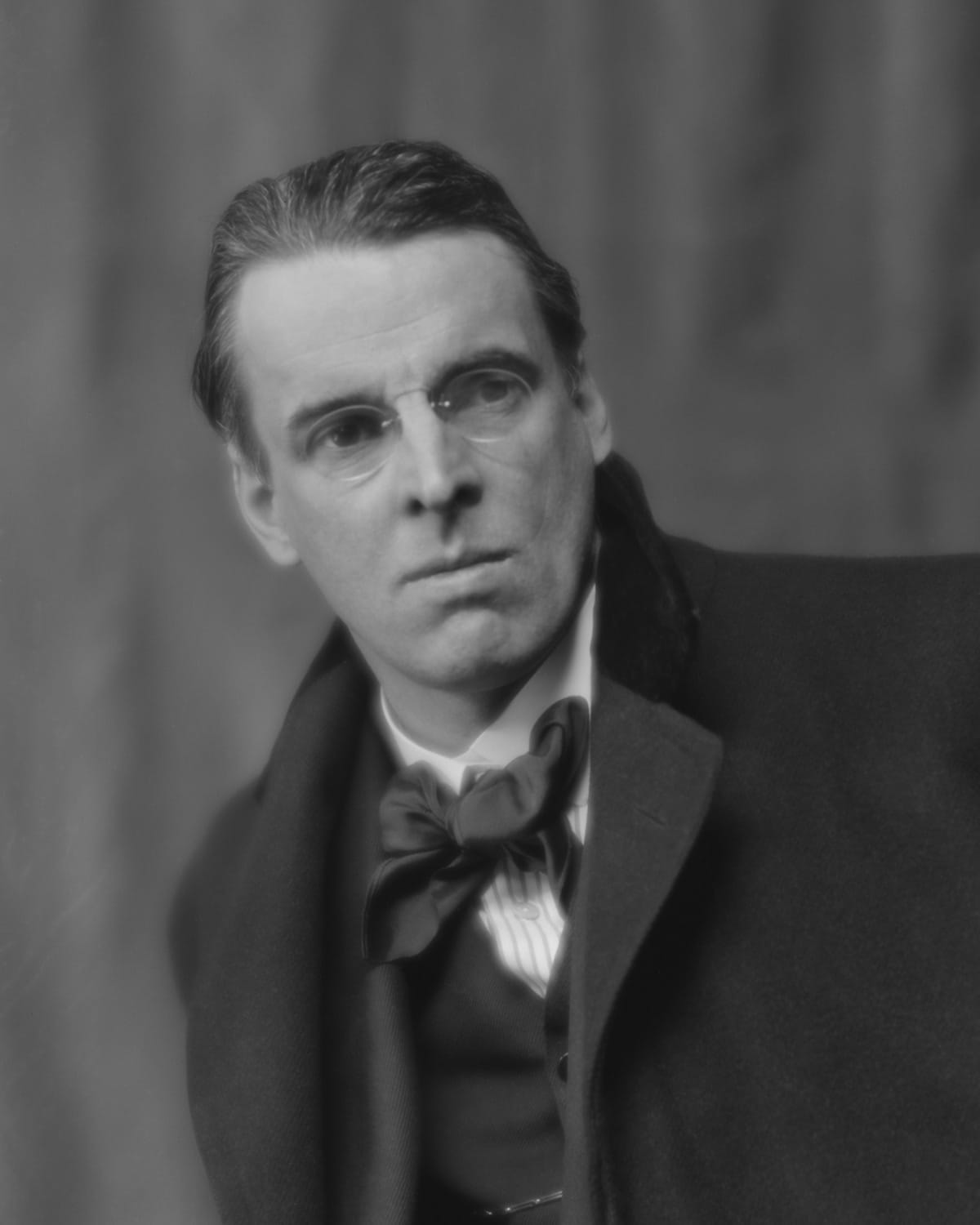
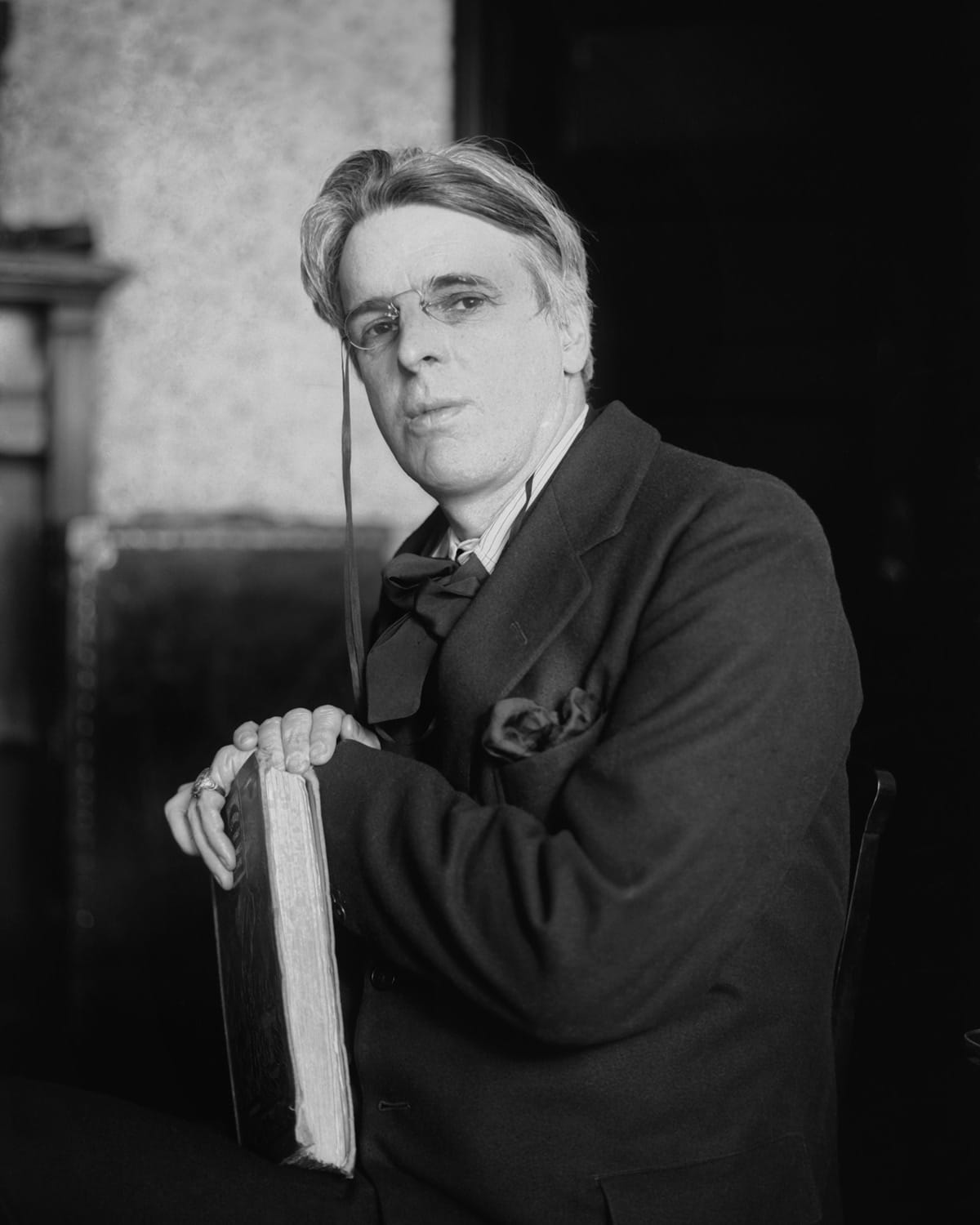
 A characteristic trait throughout his life was continuously editing and re-revising his earlier work and republishing it. He was always experimenting as poet and playwright, developing old and new themes, including the occult, spiritual interests, India, Japanese Noh style plays and automatic writing.
A characteristic trait throughout his life was continuously editing and re-revising his earlier work and republishing it. He was always experimenting as poet and playwright, developing old and new themes, including the occult, spiritual interests, India, Japanese Noh style plays and automatic writing. In 1917 W.B. married Georgie Hyde-Lees (whom he called George), 27 years his junior and with whom he had two children Anne and Michael. They lived in England and Dublin and bought 82 Merrion Square in the Winter of 1921. In the aftermath of the War of Independence and during the Irish Civil War they lived at Thoor Ballylee, a 14th century de Burgo four-storey tower-house they owned. It had a thatched cottage attached, which they repaired and extended to make comfortable rooms.
In 1917 W.B. married Georgie Hyde-Lees (whom he called George), 27 years his junior and with whom he had two children Anne and Michael. They lived in England and Dublin and bought 82 Merrion Square in the Winter of 1921. In the aftermath of the War of Independence and during the Irish Civil War they lived at Thoor Ballylee, a 14th century de Burgo four-storey tower-house they owned. It had a thatched cottage attached, which they repaired and extended to make comfortable rooms.